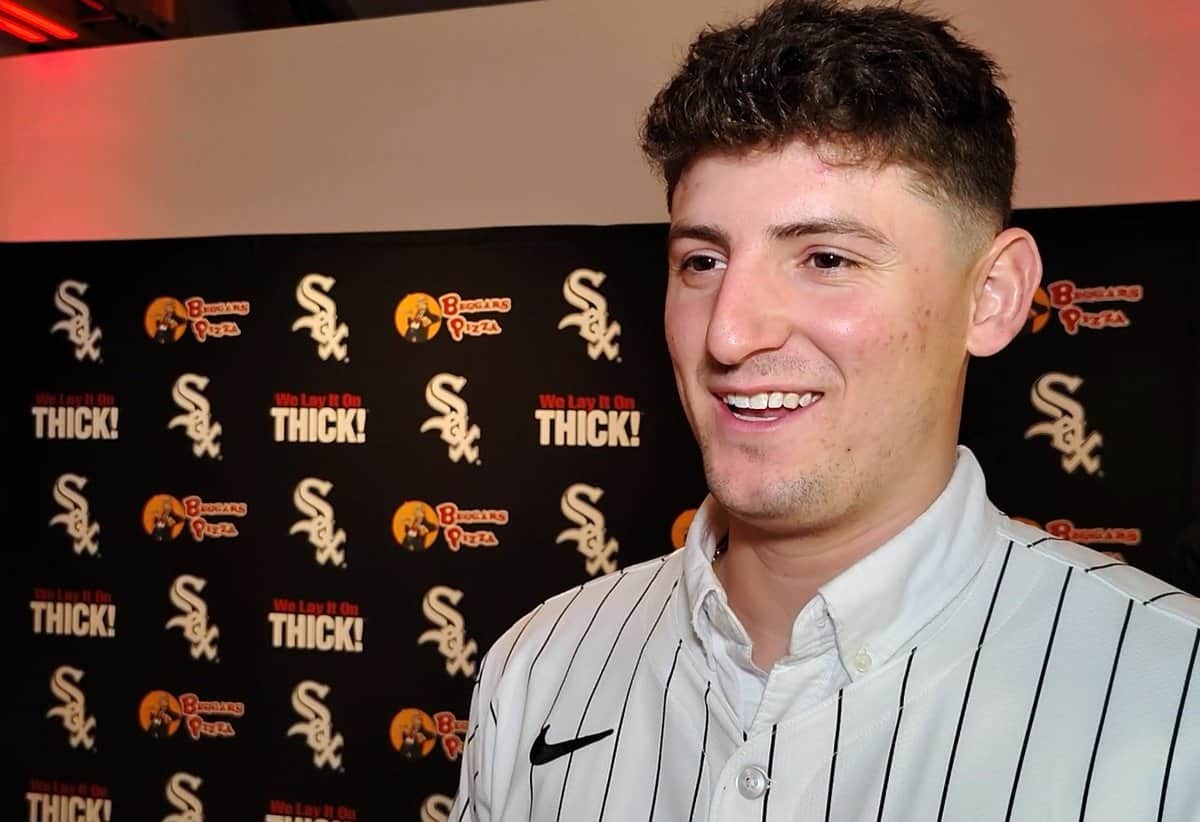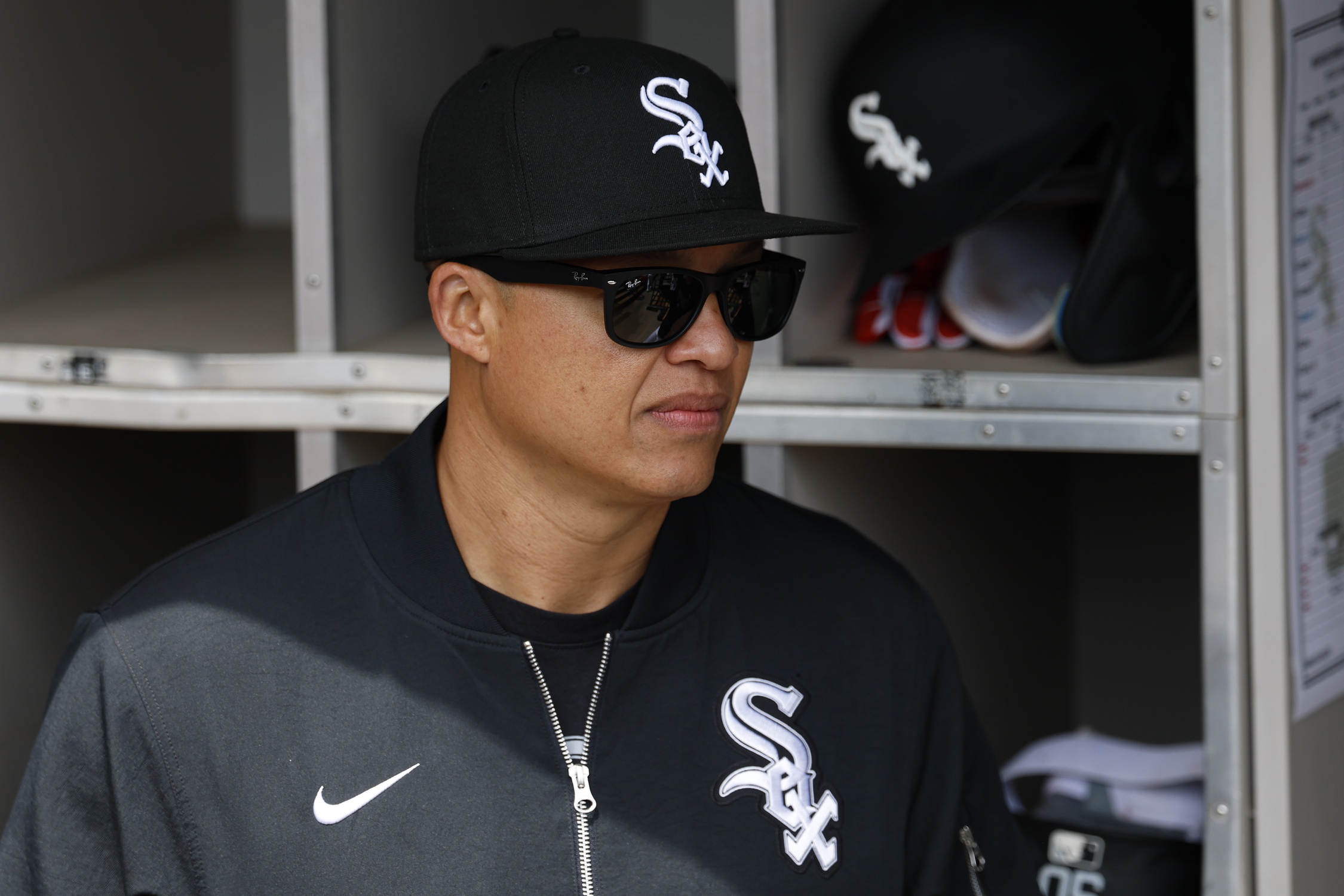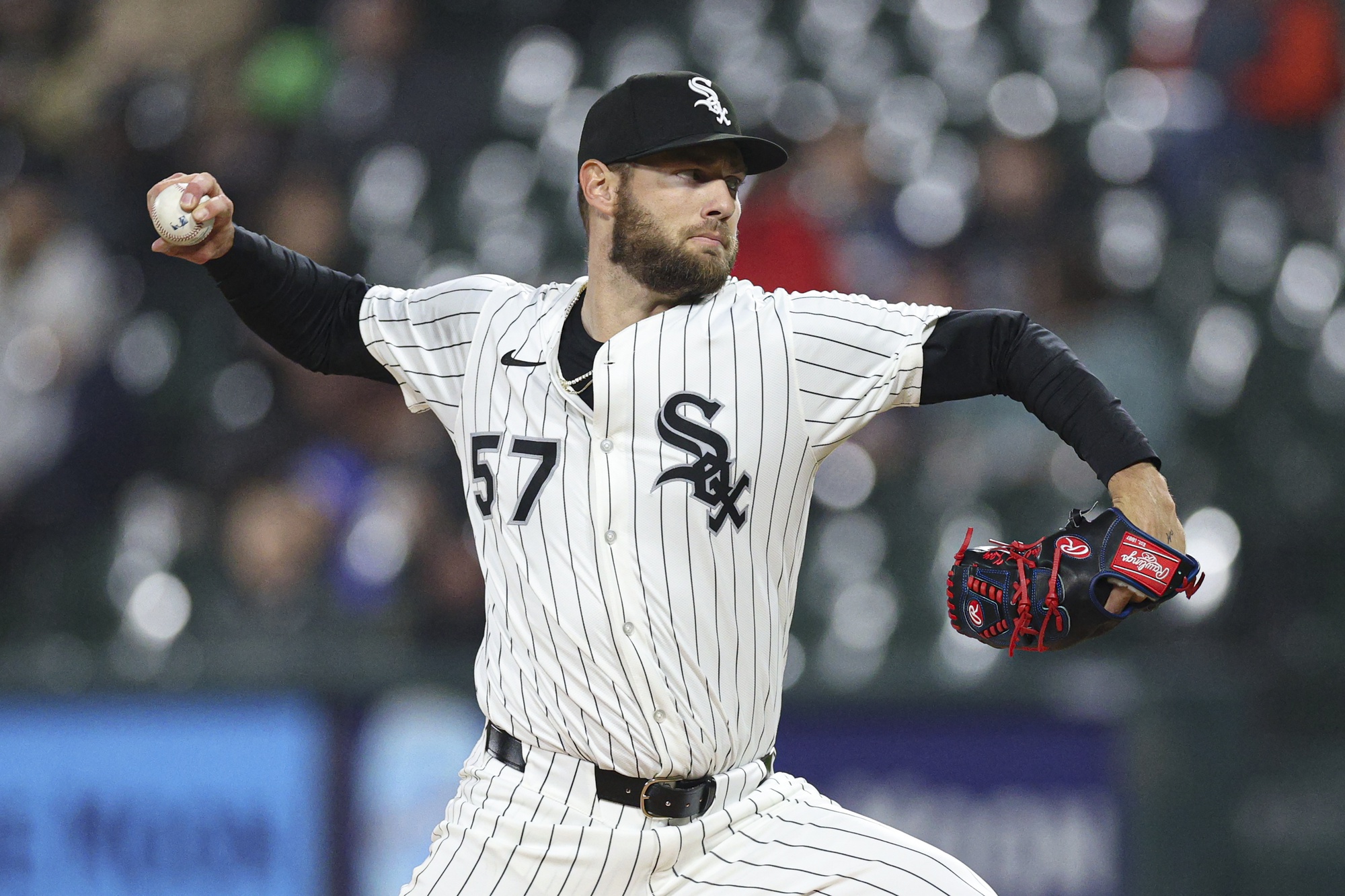Colson Montgomery was pretty happy with how the Arizona Fall League went for him, all 11 games of it.
"I mean, were you?" he offered back with a grin.
Montgomery dominated in his second go-around Glendale, hitting .313/.511/.656 with more walks than strikeouts and seven of his 10 hits staying in the yard. Two great weeks is always encouraging, but after a year full of concerns over his approach and mechanics, it represented to the 22-year-old prospect what he was capable of doing with a clear head.
"When they told me I was going to go to the Fall League, I was like, 'All right, I'm just going to go rake," which Montgomery made clear was a state of mind he'd like to spend more time in going forward.
Most future superstars don't have a full year of struggles in the minors, and Montgomery has a larger body of 2024 work against which he'll be judged. Entering last season, public top-100 lists had him as a consensus top-20 prospect entering last year based on a patience and power profile at a premium position. This time around, his standing has sagged by 20-30 spots in response to a prolonged stretch of below-average performance from his hit tool, with Keith Law at The Athletic dropping the shortstop off his list entirely.
Montgomery has plain-spoken answers for the primary deficiencies in the .214/.329/.381 line he put up at Triple-A Charlotte. He agrees with his batted-ball numbers that show he was excessively pull-conscious, and feels his late season kick (.264/.357/.458 in 19 September games) showed what things will be now that he's evened out. He was admittedly chasing power, which matured into games like it was projected to for a career-high 18 home runs and a max exit velocity of 113.8 mph, but Montgomery feels it also closed him off from being able to reliably cover pitches above the belt.
"I was waiting around, waiting around to get the right pitch instead of just going in and being like 'let's go,'" Montgomery said. "I'm not really used to playing as physical as I am and it definitely took a big toll. A lot of it was I knew I had some power so I fell in love with trying to pull things a lot and that's not who I am. I hit the ball wherever it's pitched, I hit the ball all over the place."
Already 6'3" when he was drafted out of high school in 2021, Montgomery sports a filled-out 6-foot-5-inch frame now, last said to be around a musclebound 230 pounds. With the surge in exit velocity that's come along with it, Montgomery's "negative move" -- the point at which his weight shifts backward to load power into his swing -- became too long and slow to keep him on time with Triple-A pitching. Not only did it contribute to a raised portion of fastballs Montgomery swung through in the zone, but despite his 12 percent walk rate, he felt it contributed to his previously elite chase numbers slinking back toward the minor league average.
An August Zoom meeting with White Sox player development leadership not only focused on arresting his season-long struggles, but also coordinating the plan for smoothing Montgomery's left lift into a smaller, quicker step with the hitting coaches working for his representation at the Bledsoe Agency, where he'd continue the work into the offseason.
"A lot of what I was doing was having a really negative initial move," Montgomery said. "I was moving too much, my head was yanking all over the place, which was causing me to chase quite a bit. We sat down with the Sox guys and everyone in August and honed in on what we needed to fix and once we found out what it was, we talked with my hitting guys and some of the White Sox hitting guys. We figured it out and then went balls to the wall with it, and it ended up working out."
A larger sample will be needed to prove to everyone that these tweaks have addressed the limitations in Montgomery's hit tool that his first four months of 2024 seemed to demonstrate. As much focus as the bat commands for a franchise yearning for offense, Montgomery's exceptional value is built upon sticking at shortstop. To that end, he remains a bigger and slower athlete than who usually mans the position, but has made the strides in his play clock and anticipatory positioning to earn a real chance to stick.
Despite the in-progress nature of Montgomery's state of affairs on both side of the baseball, he heads the Camelback Ranch with stronger tailwinds than his 2024 numbers would suggest. With Josh Rojas, Brooks Baldwin, Chase Meidroth and even Lenyn Sosa working in the offseason to make himself a shortstop option again, the White Sox don't have to hand Montgomery an Opening Day roster spot, but no one is designed to hold him off for particularly long.
"We expect to see Colson Montgomery playing shortstop for the White Sox this year at some point," said Chris Getz. "Now, he's a guy that has continued to improve defensively. What he did in August and September and the Fall League, he made some real material changes to cover certain pitches and getting back to the player that we had seen throughout the minor leagues."
The player the White Sox saw in the early minors was one who was about due to assume control of the shortstop job by now, and the team is primed to just let him go ahead and do so. If their confidence is more well-founded than anyone could have anticipated, the Sox are set up to collect an extra draft pick. If Montgomery's comfort against upper-level pitching remains a slow boil progression, he'll be the most noticeable test of how dedicated the team will be to a spring training devoted to open competition.
If you're on the fence on which outcome is more likely, the man himself argues that the last six weeks of action always mattered more than anything else.
"The whole time I kept thinking, 'It's how you finish, how you finish, how you finish,'" Montgomery said. "And I'm not going to take anything for granted. I'm going to go out there and do whatever I can."






